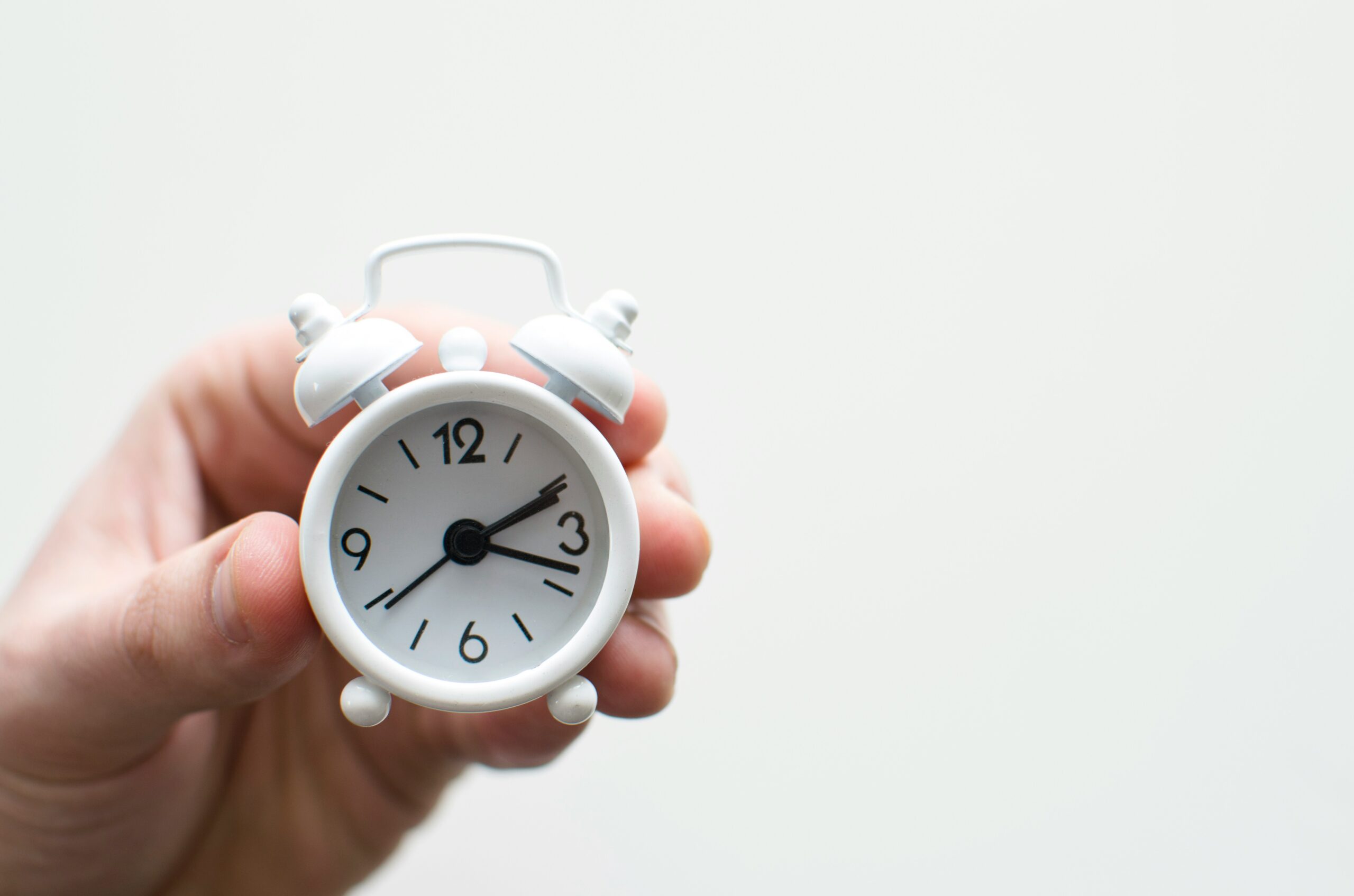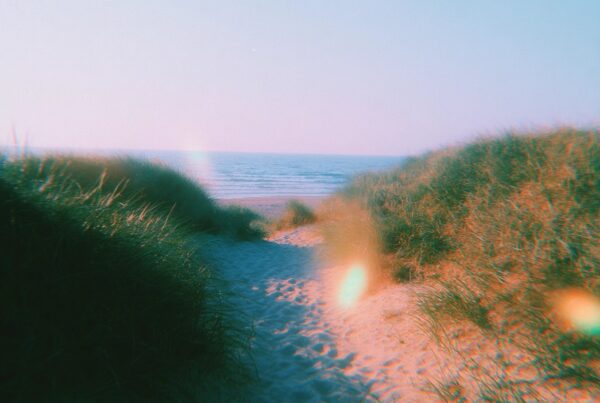The Studio Ghibli AI Craze: How Generative Art is Revolutionizing Creativity and Raising Ethical Questions
Thanks to OpenAI’s latest GPT-4o update, users now have the ability to transform their personal photos into whimsical illustrations reminiscent of Hayao Miyazaki’s magical animation style. From cherished family portraits to viral internet memes, nearly every image imaginable is being “Ghiblified.” While the aesthetic charm and creative potential of this trend are evident, deeper questions surrounding originality, ethics, and digital privacy quickly emerge.
The Magic Behind the Ghibli Craze
Studio Ghibli has captured hearts worldwide with its intricate animations and deeply emotional storytelling through iconic films such as Spirited Away, My Neighbor Totoro, and Howl’s Moving Castle. Now, OpenAI’s advanced image-generation tool allows users to upload images and apply filters that meticulously replicate this beloved visual style.
This democratization of art through AI allows individuals without formal artistic training to generate high-quality, evocative imagery. Even OpenAI CEO Sam Altman joined in, updating his profile image to reflect a Ghibli-esque version of himself. It’s a thrilling example of technology unlocking latent creative potential for the masses.
The Ethical and Legal Dimensions
Copyright Concerns
Historically, OpenAI has been cautious about allowing its tools to replicate styles of living artists due to potential copyright infringement. However, its recent decision to relax this restriction — especially when mimicking such a distinct style as Ghibli — raises questions. Is it ethical for an AI model to emulate a unique artistic identity without credit or compensation to its originators?
Miyazaki’s Philosophy on AI Art
Legendary animator Hayao Miyazaki has long expressed his distaste for AI-generated imagery and automation in art, famously declaring it “an insult to life itself.” The use of artificial intelligence to mirror the meticulously handcrafted aesthetics of Studio Ghibli seemingly stands in stark contrast to Miyazaki’s ethos. It’s a stark reminder of the conflicting values between traditional artistry and machine-generated creativity.
The Disposable Nature of AI-Generated Art
Generative art tools run the risk of making creativity feel disposable. They can mass-produce stylized visuals with little effort or emotional investment. While these tools are powerful for everyday users and hobbyists, they can also diminish the perceived value of hand-drawn, thoughtfully composed works created by professional artists.
Privacy and Security Implications
Beyond artistic debates, the widespread sharing of personal images through AI platforms like ChatGPT raises critical privacy concerns. Uploading facial data or personal content to any digital service warrants caution. What happens to our data once it’s uploaded?
According to ChatGPT itself:
- Security Measures: OpenAI emphasizes data safety, but like any online service, users should avoid sharing highly sensitive personal data.
- User Control: Users retain full control over what information they provide to the AI. No data is collected unless voluntarily offered.
- Image Uploading Safety: Although robust protocols exist, OpenAI advises caution and recommends users understand security policies before uploading sensitive materials.
This means that while uploading photos to transform them into AI-generated art may be entertaining, users should remain vigilant about what they share and with whom, especially given growing concerns about identity theft, data misuse, and surveillance.
What Does This Mean for Creativity?
The Studio Ghibli AI trend is much more than a fleeting social media fad. It reflects a broader transformation in how we produce and perceive creativity. The rise of generative art signals several pivotal shifts:
- Accessibility: People without formal training can now produce visually stunning artwork using AI, breaking traditional creative barriers.
- Disruption: Professional artists face competition from AI-generated images that can mimic or even outpace human output.
- Innovation vs. Authenticity: While these tools spark innovation, they also compel us to question what makes art truly authentic. Is it the human touch, intent, or emotional depth?
Looking Ahead: Embracing AI with Responsibility
This cultural moment, driven by the popularity of Studio Ghibli-style AI images, is emblematic of a broader shift. It marks the rise of generative AI as a mainstream tool for artistic expression. However, as we embrace its potential, society must address the complex ethical terrain it introduces — regarding authorship, consent, data ownership, and artistic integrity.
Technological innovation should not completely sideline the human element in creativity. Instead, it should enhance it, making art more inclusive while preserving the soul and values embedded in traditional methods. Navigating this balance is essential as tools like GPT-4o become standard in everyday creative workflows.
My Final Take: A Spirited New Frontier
The Studio Ghibli AI craze represents a fascinating case study in how digital innovation intersects with cultural reverence. On one hand, it joyfully reimagines Miyazaki’s enchanting universe in today’s digital vernacular. On the other hand, it opens a Pandora’s box of conversations about originality, ethics, and privacy.
Whether you’re a casual user enjoying your Ghibli-style selfie or an artist grappling with the implications of AI-generated art, one thing is clear: technology is reshaping both how we create and how we value art.
Let’s celebrate these innovations—but let’s also ensure we use them mindfully, with respect for the creators and cultures they draw inspiration from.
Or, perhaps more poetically put — are we getting Spirited Away?

